Desert Garden Design Tips for Homeowners: How to Create a Stunning, Functional Garden
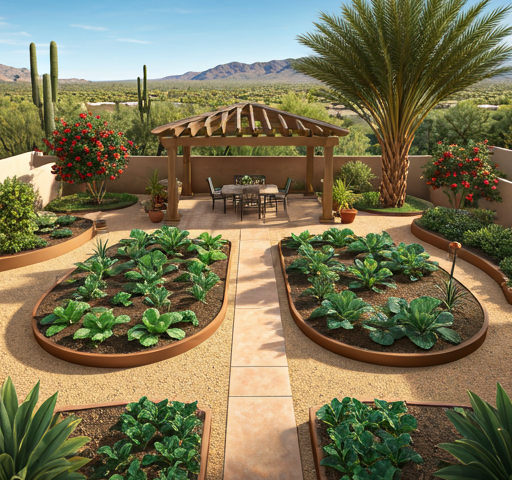
Creating an elegant desert garden is not just about adding a few plants. It’s about designing a space that blends beauty, functionality, and sustainability. For homeowners in Arizona and the desert Southwest, garden design tips are essential to ensure your garden thrives in the harsh desert climate. These tips will help you create a garden that flourishes with low maintenance while also reflecting your style and aesthetic.
Understanding the Challenges of Desert Garden Design
Before diving into specific garden design tips, it’s important to understand the unique challenges of desert gardening. The desert climate presents conditions such as intense heat, little rainfall, and dry soil. The key to success is selecting the right plants and implementing efficient water management strategies. Design elements must also complement the harsh environment while making the most of the available resources.

Planning Your Desert Garden: Start with a Clear Vision
One of the most important garden design tips is to start with a clear vision. Take time to sketch your garden space. Think about how you want it to look and function. Do you want a space that feels lush and tropical, or are you aiming for a more minimalist, modern desert look?
As you plan, consider factors such as sunlight, shade, and wind patterns. Arizona and the desert Southwest experience extreme temperature swings, so choosing the right spot for each plant is essential. The areas that get the most sun will be best for heat-tolerant plants, while shaded areas can be ideal for more delicate varieties.
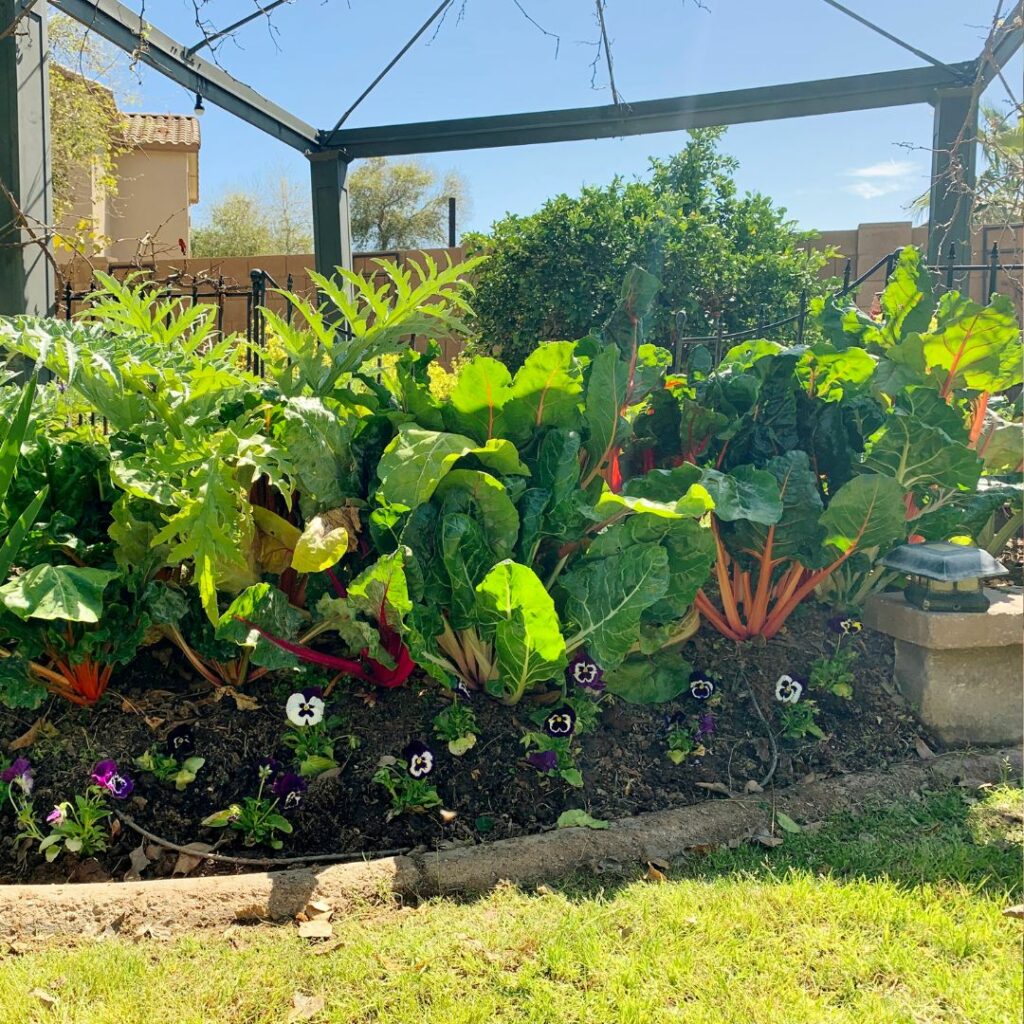
Choosing the Right Plants for a Desert Garden
Selecting the right plants is crucial to creating a successful desert garden. Use these garden design tips to help choose plants that not only survive the desert conditions but also add beauty and elegance to your landscape:
Garden Design Tips: Native Plants Are Your Best Friend
Native plants are ideal for desert gardening because they are adapted to the climate and require less water. These plants thrive in arid conditions, saving you time and effort on irrigation. Some popular native plants for the desert garden include:
- Agave: A hardy, sculptural plant that comes in various sizes and colors.
- Prickly Pear Cactus: Offers striking flowers and edible fruits.
- Desert Marigold: Adds vibrant yellow flowers that attract pollinators.
Incorporating native plants into your design can reduce the need for water and fertilizers, making your garden both sustainable and low-maintenance.
Succulents and Cacti for Texture and Interest
Succulents and cacti are some of the most resilient plants for a desert garden. They offer beautiful forms and textures, ranging from the smooth pads of a prickly pear to the spiny needles of a saguaro cactus. Mix different shapes, sizes, and colors to create a visually interesting garden.
Edible Plants with Ornamental Appeal
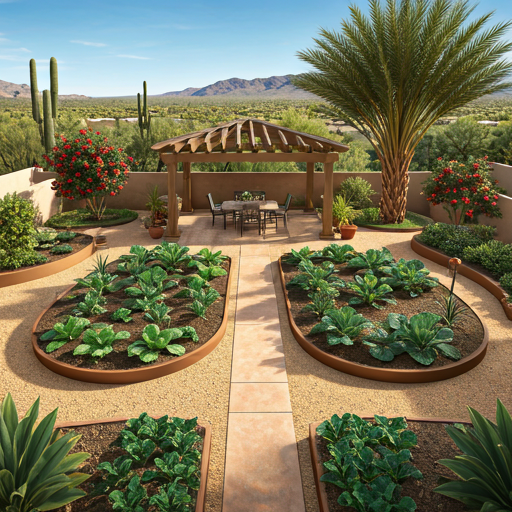
Many plants that thrive in the desert are not only beautiful but also edible. Consider growing herbs such as rosemary, thyme, or lavender. You can also grow fruit-bearing plants like pomegranates, citrus trees, and figs, adding an extra layer of beauty and utility to your garden. These plants can be strategically placed among decorative shrubs, creating a functional yet elegant design.
Layering and Zoning for Visual Appeal
One of the best garden design tips for creating a desert garden is layering. Layers help break up the space, creating depth and dimension. For example, you can plant ground covers, mid-sized shrubs, and taller trees in a way that mimics natural desert landscapes.
Ground Cover
Start with low-growing ground covers like thyme, creeping rosemary, or creeping oregano. These plants spread out to cover the soil, reducing the need for mulch and helping to conserve moisture. Adding vegetables as ground covers can be beautiful as well. Ground covers can also add color and texture to your garden.
Mid-Level Plants
Next, use mid-height plants like lavender, yucca, or desert marigolds. These plants add structure without overwhelming the space. Consider using these plants to frame areas such as pathways or seating areas.
Tall Plants
For added drama and vertical interest, incorporate tall plants like mesquite trees, palo verde, or large agave species. These plants create a sense of height and scale in your garden while providing shade and privacy.
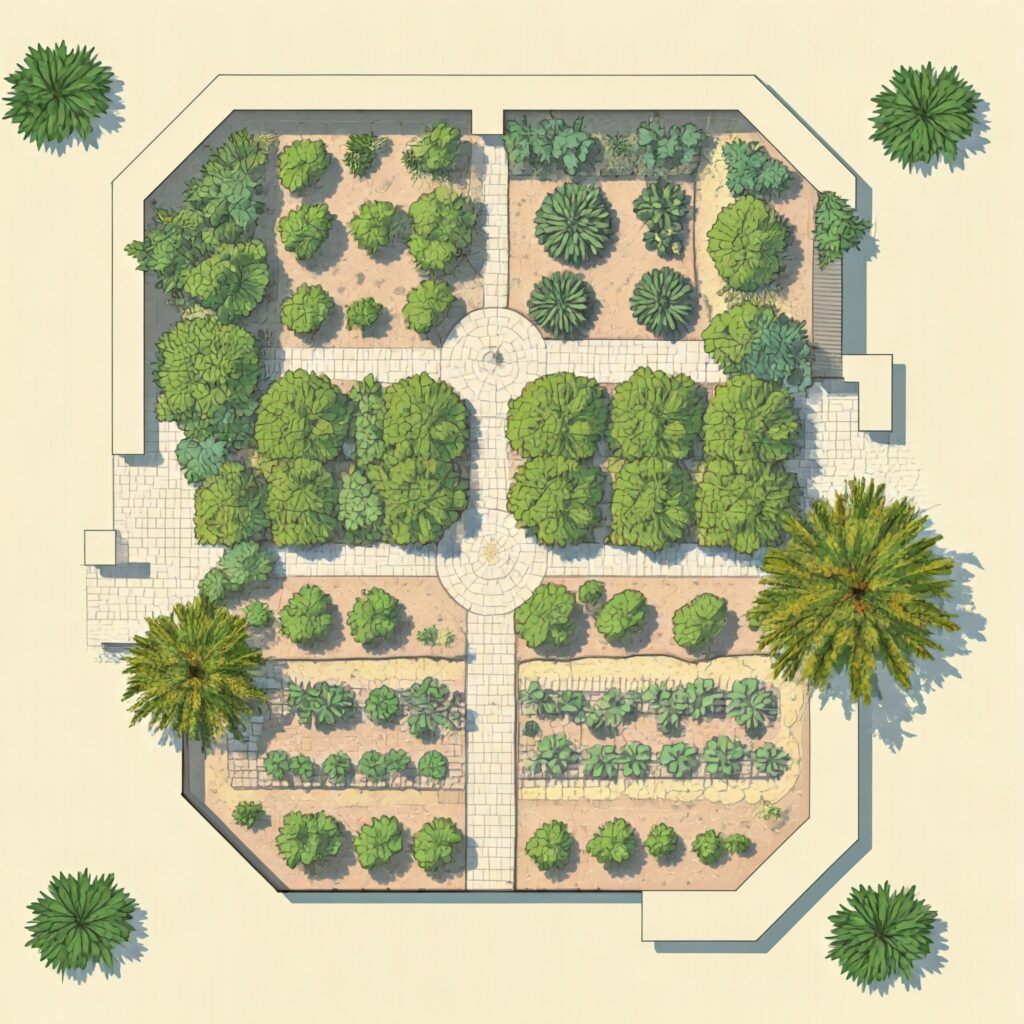
Incorporating Hardscaping Elements
Hardscaping refers to the use of non-plant elements in your garden design. These features add structure, visual interest, and functionality to your space. Here are a few key hardscaping ideas for desert garden design:
Pathways and Walkways
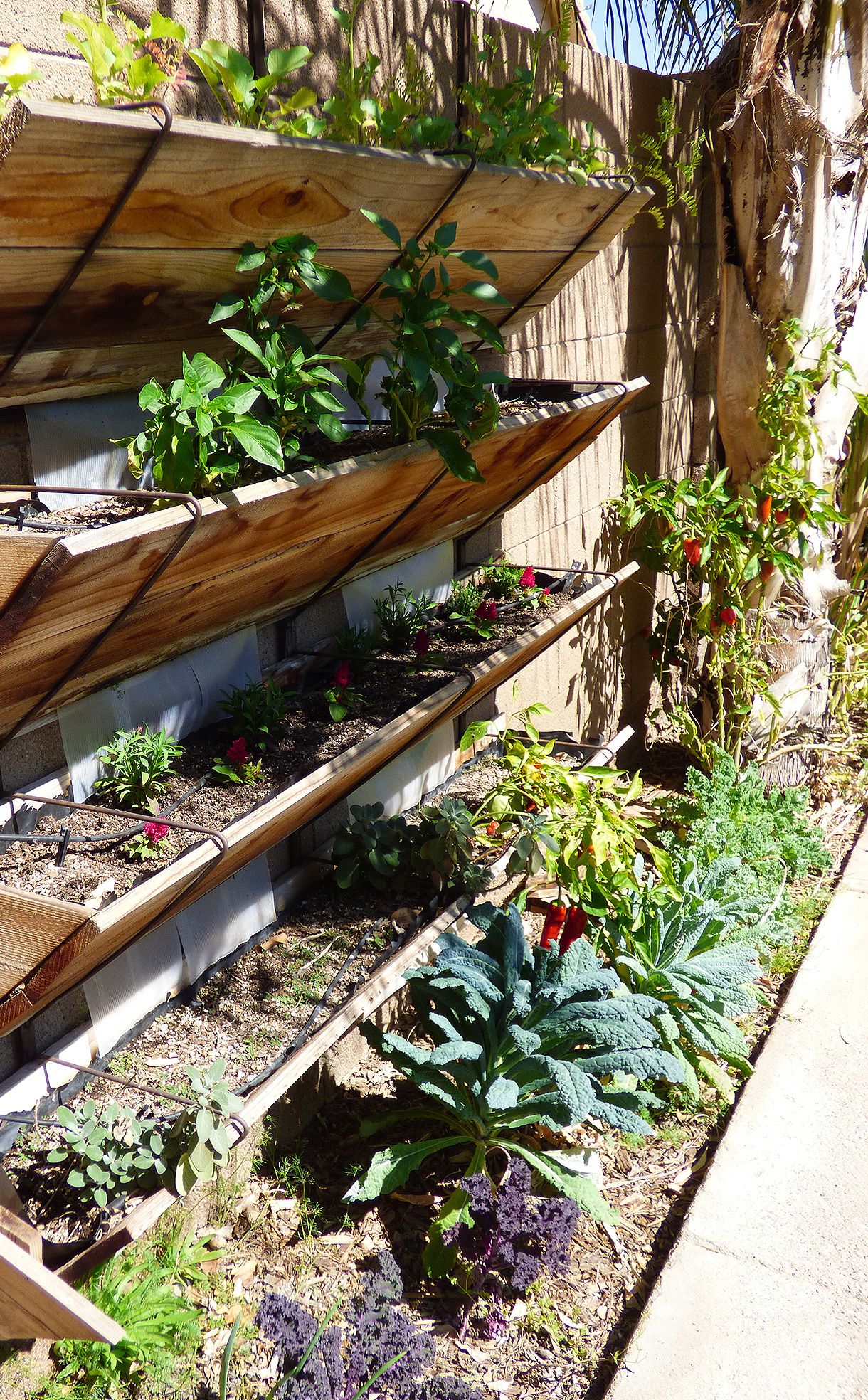
A well-designed path can guide visitors through your garden while adding a sense of movement. For desert gardens, use materials like gravel, stone, or pavers to create pathways. Curved paths are often more visually appealing than straight lines, creating a more natural flow through the space.
Terraces and Raised Beds
In areas with poor soil or uneven terrain, raised beds and terraces are an excellent choice. Raised beds can make gardening easier, as they prevent soil compaction and allow for better drainage. They also add a layer of visual interest to your design.
Vertical Gardens
In desert gardens, space is often limited. Vertical gardens are a great way to maximize your space while adding elegance. You can install trellises or arbors for climbing plants like morning glories or passionflower. These vertical elements draw the eye upward, making the garden feel more expansive.
Water Features in the Desert
Water features are a great addition to any garden, but in a desert environment, they must be carefully designed to minimize water loss. Look for small, efficient fountains or birdbaths that recirculate water. A well-placed water feature can provide soothing sounds, attract wildlife, and add a sense of tranquility to your garden. Opt for designs that incorporate rocks and natural materials, blending seamlessly with the desert landscape.
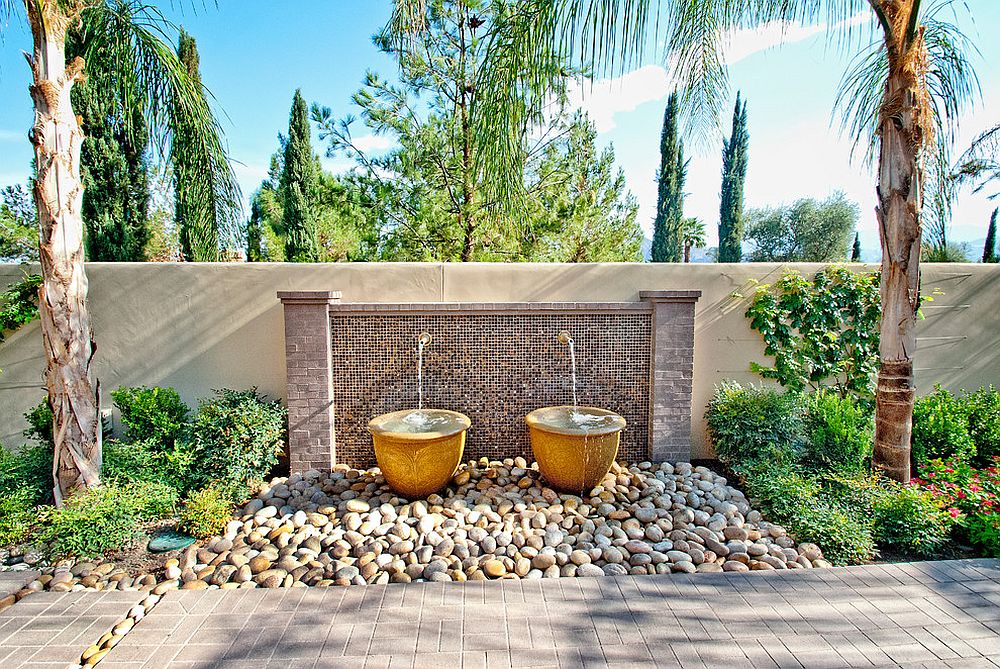
https://www.decoist.com/garden-water-feature/
Garden Design Tips for Water Conservation
Water conservation is one of the most important aspects of desert garden design. Arizona and the desert Southwest have limited water resources, so homeowners must be strategic in how they use water. Here are some essential water conservation garden design tips:
Drip Irrigation
A drip irrigation system delivers water directly to the roots of your plants, reducing evaporation and minimizing water waste. It’s one of the most efficient watering methods, especially in the desert.

Mulching
Apply a thick layer of mulch around your plants to help retain moisture and keep the soil cool. Organic mulches like wood chips, straw, or bark are excellent choices for desert gardens.
Rainwater Harvesting
Install rainwater harvesting systems like barrels or cisterns to collect water during rainfall. This water can be used to irrigate your garden, reducing your reliance on municipal water.
Xeriscaping Principles
Incorporate xeriscaping principles, which focus on using drought-tolerant plants, efficient watering systems, and hardscaping to conserve water. Xeriscaping is a sustainable way to create a beautiful garden without compromising water resources.
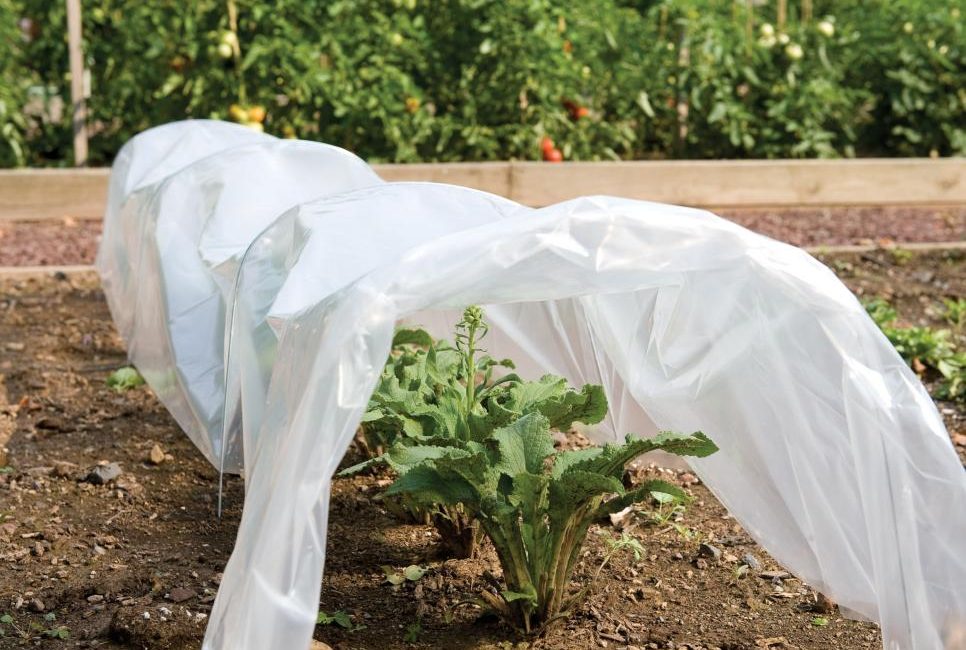
Garden Design Tips for Maintenance
Maintaining a desert garden requires a bit of work, but with the right design, upkeep becomes easier. Regular pruning of dead or damaged growth helps maintain a clean, tidy appearance. Keep an eye on your plants, checking for pests or diseases. Avoid chemical treatments—opt for natural pest control methods like neem oil or encouraging beneficial insects.
Lighting and Accent Features
Lighting is an essential component of desert garden design. During the evening, a well-lit garden can feel magical. Install solar-powered or LED lights along pathways, around water features, or in key focal points to highlight your design’s best features. Accent lighting can also add warmth and create a welcoming atmosphere at night.
Seasonal Care
Adjust your care routine based on the seasons. In the summer, protect delicate plants from the intense midday sun by providing shade. During the winter, cover sensitive plants with frost cloth or move them to sheltered locations.
Conclusion: Bringing Your Desert Garden Design to Life
With the right garden design tips, homeowners in Arizona and the desert Southwest can create a desert garden that’s both elegant and functional. By focusing on sustainable, low-maintenance design elements, choosing the right plants, and incorporating hardscaping features, you can transform your outdoor space into a beautiful desert oasis. Whether you prefer a lush, tropical look or a minimalist, modern desert style, these tips will help guide you toward a garden that thrives in the desert climate while adding visual interest and elegance to your home.
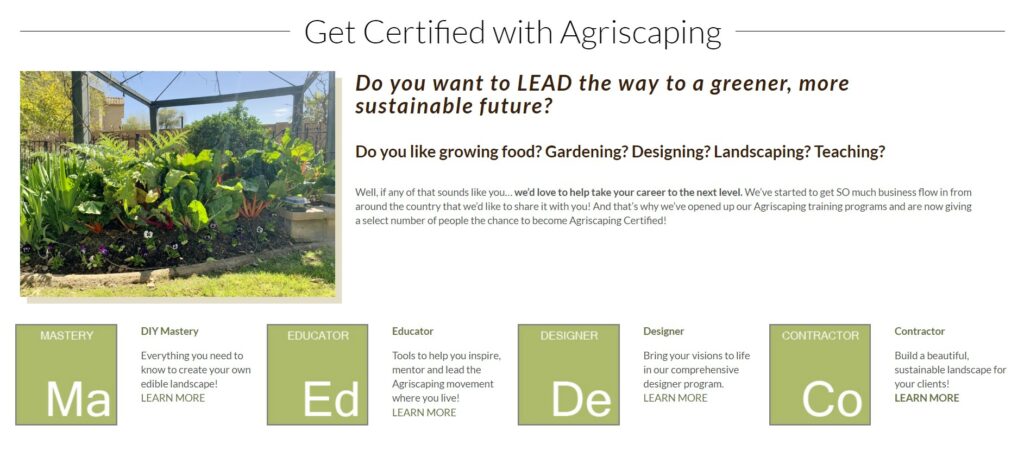
Read Our Latest Posts…
- A Garden-Fresh Christmas: Agriscaping Tips for a Festive and Sustainable Holiday
 Expert tips for desert gardening, from plant zoning and efficient irrigation to soil care and agriscaping for a sustainable landscape.
Expert tips for desert gardening, from plant zoning and efficient irrigation to soil care and agriscaping for a sustainable landscape. - 7 Garden Design Themes for Your Elegant Edible Landscape
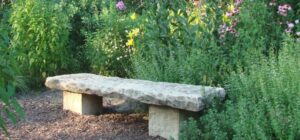 Expert tips for desert gardening, from plant zoning and efficient irrigation to soil care and agriscaping for a sustainable landscape.
Expert tips for desert gardening, from plant zoning and efficient irrigation to soil care and agriscaping for a sustainable landscape. - Subterranean Trampoline Gardens: A Hidden Oasis for Growing and Playing
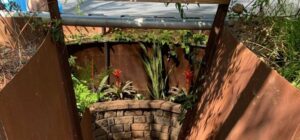 Expert tips for desert gardening, from plant zoning and efficient irrigation to soil care and agriscaping for a sustainable landscape.
Expert tips for desert gardening, from plant zoning and efficient irrigation to soil care and agriscaping for a sustainable landscape. - 7 Elegant Edible Flowers To Be Thankful For
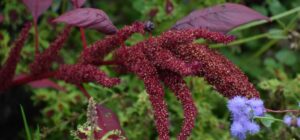 Expert tips for desert gardening, from plant zoning and efficient irrigation to soil care and agriscaping for a sustainable landscape.
Expert tips for desert gardening, from plant zoning and efficient irrigation to soil care and agriscaping for a sustainable landscape. - Top 10 Winter Wonders: Beautiful and Edible Flowers for the Cool Season
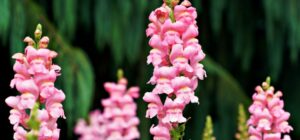 Expert tips for desert gardening, from plant zoning and efficient irrigation to soil care and agriscaping for a sustainable landscape.
Expert tips for desert gardening, from plant zoning and efficient irrigation to soil care and agriscaping for a sustainable landscape.
